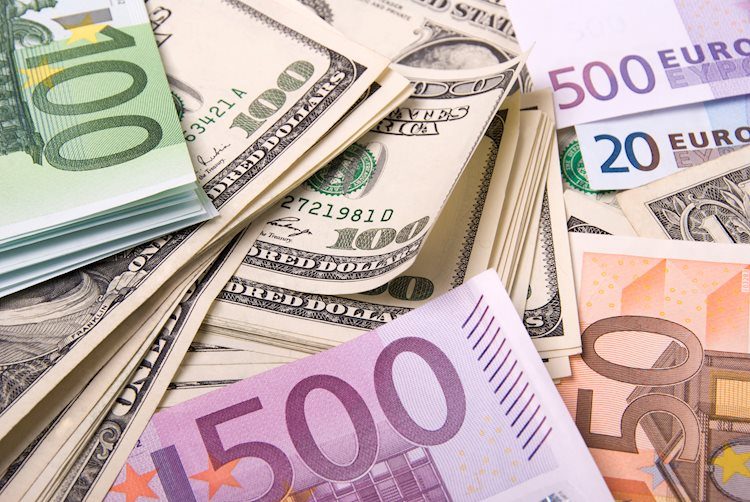The US Dollar Index showed weakness this week after a bullish start, erasing all of its weekly gains. The index struggled to gain traction early on Friday and dipped towards 101.00. Eurostat was set to release Industrial Production data for July, while the US economic docket included data on August Export Price Index and Import Price Index, alongside the University of Michigan’s Consumer Sentiment Survey for September.
The USD was weakest against the Japanese Yen this week, according to the percentage change table. Soft producer inflation data from the US led to expectations of a large Federal Reserve rate cut at the upcoming policy meeting, causing the USD to weaken against major currencies. The improving risk mood in the market also weighed down on the USD. US stock index futures were trading flat on Friday, while the 10-year US Treasury bond yield remained in the negative territory at around 3.65%.
The European Central Bank (ECB) announced a 25 basis point cut to the deposit facility rate on Thursday. ECB President Christine Lagarde did not provide any hints on further policy easing in the near term. The EUR/USD pair gained bullish momentum on Thursday, breaking a four-day losing streak with over a 0.5% increase.
GBP/USD benefited from the improved risk mood and weakened USD on Thursday, gaining over 0.6%. The pair traded in a tight channel above 1.3100 in the European morning. Fitch Ratings predicted that the Bank of Japan would increase rates to 0.5% by the end of 2024, 0.75% in 2025, and 1% by the end of 2026. USD/JPY continued to trend lower on Friday, losing 0.5% on the day at 141.10.
Gold prices surged to a new record high of $2,570 during Asian trading hours on Friday, following a rise in the second half of the day on Thursday. While XAU/USD retreated slightly, it held above $2,560 and was on track to post strong weekly gains.











